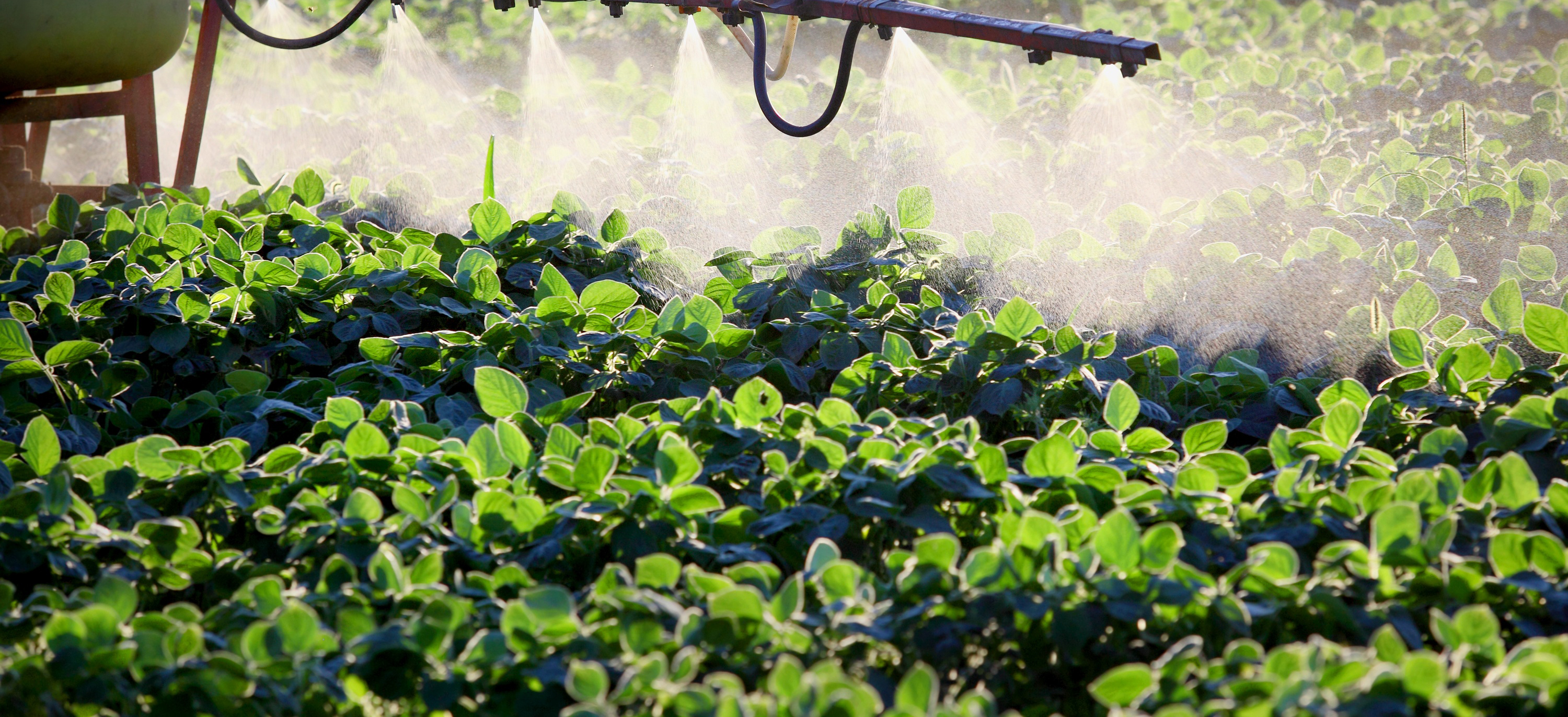Persistent organic pollutants (POPs) are a group of chemicals produced as a byproduct during an industrial process, either intentionally or unintentionally. These encompass a range of chemicals, including dioxins and furans which are created during chlorine bleaching of pulp and paper, burning of waste and forests, and during processing or manufacturing of certain chemicals such as pesticides1. Popularized in the industrial production boom post World War II, these synthetic chemicals found applications in crop production, pest and disease control, and industry2.
Today, POPs are known for their bioaccumulation and biomagnifications in the food chain, toxic effects in humans and wildlife, and widespread distribution in the global environment3. POPs are associated with an array of human health conditions including diabetes, endocrine disorders, cancers, and cardiovascular and reproductive problems4. Therefore, the analysis of these compounds in our environment is important in order to assess the threat to public health.
However, a lack of robust analytical methods results in inadequate or insufficient data related to occurrence, toxicity, impact, and environmental behavior5, and a focus on alternative approaches for comprehensive environmental contaminant analysis is required.
The below resource explores the current technological and regulatory landscape for POP analysis and highlights a new alternative test procedure with proven commercial success: Atmospheric Pressure Gas Chromatography (APGC).
Historically, dioxins have been analyzed using gas chromatography (GC) followed by high-resolution mass spectrometry (HRMS) based on double-focusing magnetic sector technology. While effective in terms of sensitivity, selectivity, and specificity, these are complex technologies that are difficult to use and often do not provide the desired robustness. In addition, the cost and complexity of manufacture means it can now be difficult to even get hold of these legacy instruments. However, the introduction of cutting-edge instrumentation is now enabling the adoption of new alternative methods that can deliver the required sensitivity, robustness, and high analytical performance.
In recent years, both the European Union (EU 644-2017 and EU 771-2017) and the United States (USEPA ATP: SGS/Axys Method 16130) have recognized the use of tandem quadrupole mass spectrometry (MS/MS) as an acceptable alternative to traditional high-resolution magnetic sector-based methods. Other countries have also evaluated and validated this methodology as a replacement for traditional HRMS.
This approach promises improved sensitivity – which enables the measurement and quantification of compounds beyond just reporting a non-detect – as well as improved throughput via the monitoring of multiple compound classes in a single analysis. As a result of these realized advantages, many laboratories are now investigating this alternative methodology and instrumentation to address the demanding needs of “dioxin” and dioxin-like POP analysis. Waters is front and center of these efforts, working with experts in the field to demonstrate and validate the capabilities of GC-MS/MS with atmospheric pressure ionization, relative to legacy instrumentation.

SGS AXYS specializes in state-of-the-art analytical methodologies for the measurement of known or suspected POPs and contaminants of emerging concern (CECs) in environmental, biota, and product samples6.
At the request of the United States Environmental Protection Agency (US EPA), the company worked closely with Waters personnel to develop and validate an alternate testing procedure for polychlorinated dibenzo dioxins and furans (in a wide variety of sample matrices) using MS/MS rather than HRMS. This partnership investigated several potential analytical techniques before shortlisting APGC-MS/MS.
Senior Instrument Chemist, Mr. Xinhui Xie (pictured), carried out the instrumental development, testing the capabilities of APGC-MS/MS technology with the Waters Xevo TQ-XS Triple Quadrupole Mass Spectrometer:
“This is one of my favorite instruments, it’s highly sensitive and selective due to the soft ionization with APGC. It is easy to operate, and low maintenance compared to the magnet sector, which is a big benefit to routine analysis. Also, I am able to switch between methods without any difficulty.”
This adaptation of U.S. EPA Method 1613B protocols and criteria to MS/MS showed
equivalency of results in terms of sensitivity, linearity, selectivity, accuracy, and precision.
See how this approach has promised improved data quality for SGS AXYS customers in
the downloadable case study, and explore additional resources that further
examine the potential of this alternative method for contaminant analysis:
Waters Atmospheric Pressure Gas Chromatography technology uses an atmospheric pressure chemical ionization (APCI) source that adds GC capability to existing mass spectrometers. With its ease of use, APGC is designed to enable quick reactions to meet demands and increase throughput. Ensure high performance when paired with these advanced MS technologies:
Find out more about how APGC can be tailored to meet the demands of dioxin and furan analysis – maximizing instrument up-time and utilization – in these resources:

“Very user friendly and intuitive. This system is easier to operate as compared to a magnetic sector and it is highly flexible which allows for multiple analyses to be run on a single platform rather than the use of a dedicated solo system geared towards dioxin / furan analysis.”
Dr. Kelli Callahan, Bellevue College
Application area: Low-polarity compounds
1. United States Environmental Protection Agency. Persistent organic pollutants: A global
issue, a global response. [accessed 07/09/2022] https://www.epa.gov/international-cooperation/persistent-organic-pollutants-global-issue-global-response#pops
2. Centers for Disease Control and Prevention. Dioxins, furans, and dioxin-like polychlorinated biphenyls
factsheet. [accessed 07/09/2022] https://www.cdc.gov/biomonitoring/DioxinLikeChemicals_FactSheet.html
3.
Loganathan B and Masunaga S. 2020. PCBs, dioxins, and furans: Human exposure and health effects. Handbook of
Toxicology of Chemical Warfare Agents, 267-278.
4. Alharbi O, Basheer A, Khattab R, Ali I. 2018. Health
and environmental effects of persistent organic pollutants, Journal of Molecular Liquids,
263, 442-453.
5. Lorenzo M, Campo J, and Picó Y. 2018. Analytical challenges to determine
emerging persistent organic pollutants in aquatic ecosystems. TrAC Trends in Analytical Chemistry, 103,
137-155.
6. - SGS AXYS Global Leaders in POPs & CEC analysis. [accessed 12/09/2022] https://www.sgsaxys.com/
*Certain images and/or photos on this page are the copyrighted property of 123RF.com,
its contributors or its licensed partners and are being used with permission under the relevant license. These
images and/or photos may not be copied or downloaded without permission from 123RF.com. Other images courtesy
of Waters Corporation®.